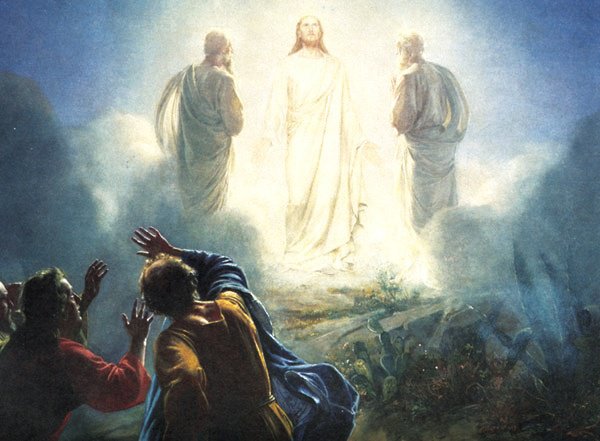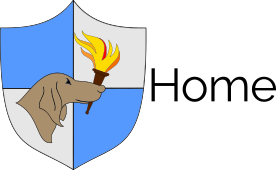
The Lesson of the Transfiguration
Every year, the gospel readings on the second Sunday of Lent speak to us about the transfiguration of Jesus. The passage is difficult to understand for it is full of symbolisms. From the viewpoint of the Resurrection, we understand some of its meanings. The main task of this episode is to prove to the disciples, and every believer, that Jesus is the Messiah promised in the Old Testament.
The symbols used in the passage – a high mountain, white clothes, three booths, clouds, fear expressed by the disciples, and the presence of Moses and Elijah – bring out the presence of God. All these symbols have specific meanings in the Old Testament. For example, high mountains were regarded as the place of God’s manifestation. Moses met God on the mountain, and he also received the tablets of commandments on the mountain. Likewise, clouds, white clothes and holy fear always indicated the presence of God.
This incident of transfiguration on Mount Tabor prefigures the death and resurrection of Jesus on another mount, the Mount of Calvary. The disciples now understand that there is no resurrection without suffering and without the way of the cross. There is no shortcut to enter the kingdom of God.
Let us, therefore, walk with our Lord via the way of the cross that led him to the Resurrection; so that one day we may be raised in Him to experience the glory, which the disciples in a vision experienced on Mount of Tabor.
–Rev. Ranjan D’Sa OCD

